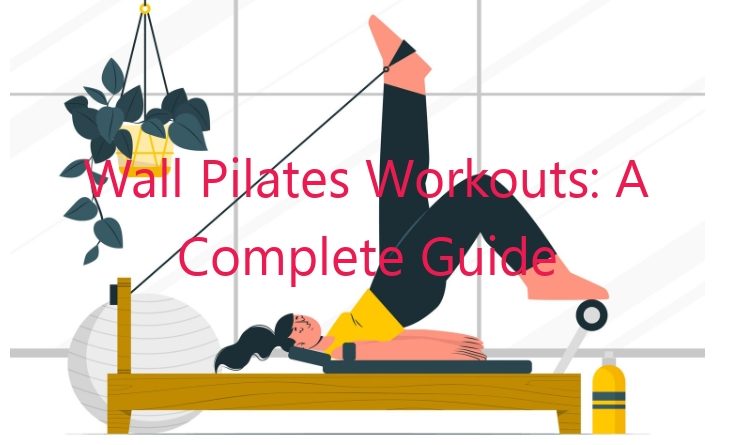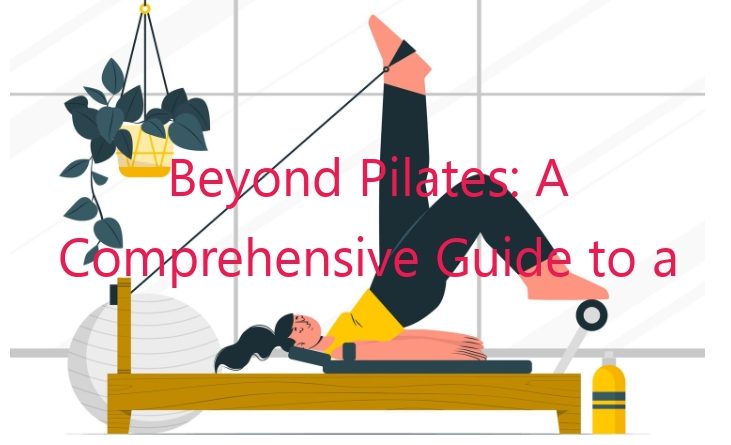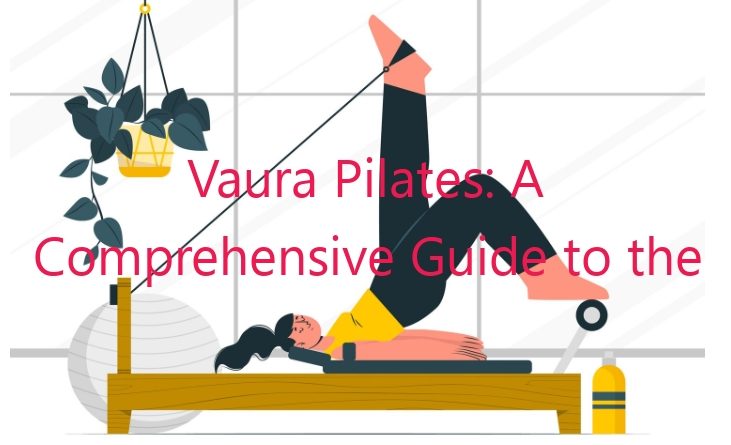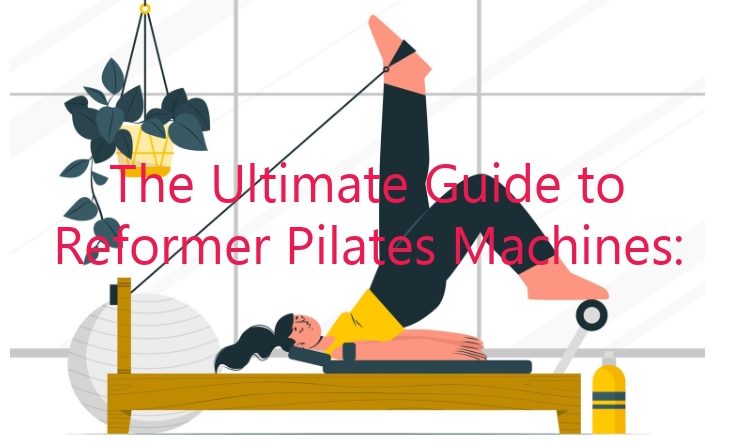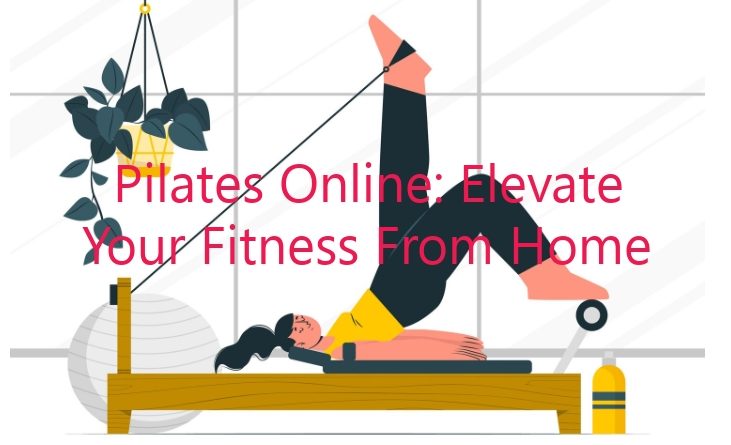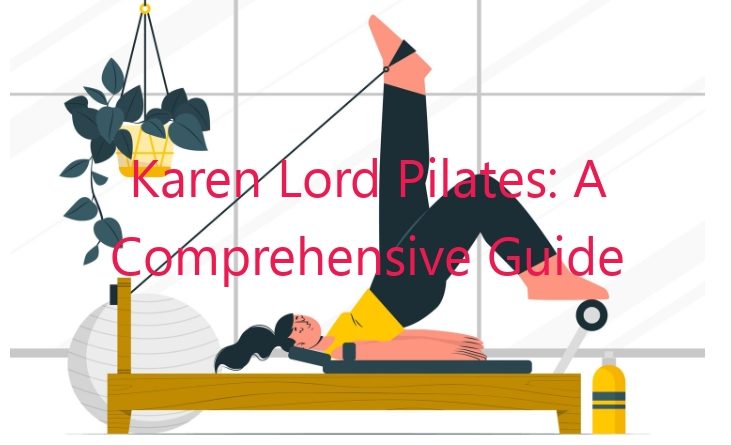
Words of Enticement
Sponsored Ads
In a world constantly seeking harmony and fulfillment, where mind and body coexist, flow pilates emerges as a transformative force. This fusion of Pilates and flowing movements brings forth a symphony of physical and mental benefits, inviting you on a journey of holistic well-being. Prepare to unlock your body’s potential while immersing yourself in a realm of mindfulness and grace. Flow pilates is not merely an exercise; it is a vibrant tapestry interwoven with ancient wisdom and modern innovation, designed to elevate your life to new heights.
As you delve into this article, allow its words to guide you through the captivating world of flow pilates. Discover its profound principles, unravel its strengths and weaknesses, and ultimately, ignite within you the desire to experience this transformative practice. Join us on this extraordinary odyssey, where movement meets mindfulness, and the path to a harmonious existence unfolds.
Introduction: Flow Pilates – A Fusion of Movement and Mindfulness
Flow pilates stands as a testament to the transformative power of fusion, seamlessly blending the principles of Pilates with the fluidity of flowing movements. Rooted in the teachings of Joseph Pilates, this practice emphasizes core strength, flexibility, and proper alignment. Flow pilates takes these foundational elements a step further by incorporating rhythmic transitions and dynamic sequences, creating an experience that is both physically demanding and profoundly meditative.
At its core, flow pilates aims to cultivate a deep mind-body connection, empowering individuals to move with greater awareness and intention. Through precise movements that flow effortlessly from one pose to the next, practitioners cultivate a heightened sense of body control and spatial awareness. The practice fosters a connection between breath and movement, promoting a sense of calm and tranquility that extends beyond the exercise mat.
As you embark on your flow pilates journey, expect to encounter a diverse range of exercises, from the familiar Pilates repertoire to innovative variations that challenge your balance and coordination. High planks seamlessly transition into downward-facing dog poses, while graceful lunges flow into dynamic jumping jacks. Each movement is carefully choreographed to maximize muscular engagement while maintaining proper form.
Flow pilates caters to individuals of all fitness levels, offering modifications to accommodate beginners and variations to challenge seasoned practitioners. Whether you are new to the world of Pilates or seeking a fresh perspective on your fitness routine, flow pilates provides an accessible and rewarding path to enhance your physical and mental well-being.
As you commit to a regular flow pilates practice, prepare to witness a profound transformation in your body and mind. Improved posture, increased flexibility, and enhanced core strength are just a few of the physical benefits you can expect. Beyond these tangible results, flow pilates fosters a sense of balance, calm, and heightened awareness that permeates all aspects of life.
Join the growing community of flow pilates enthusiasts and embark on a journey of holistic transformation. Let the flowing movements and mindful principles guide you towards a life filled with vitality, grace, and profound inner peace. Allow flow pilates to be the catalyst for your physical and mental evolution, and experience the transformative power of this captivating practice.
Strengths of Flow Pilates: A Symphony of Benefits
Flow pilates offers a multitude of strengths that contribute to its growing popularity. This fusion of Pilates and flowing movements provides a comprehensive approach to fitness, addressing both physical and mental well-being.
One of the primary strengths of flow pilates lies in its ability to enhance core strength. The practice emphasizes proper alignment and engages the deep abdominal muscles, resulting in a stronger and more stable core. Improved core strength translates into improved posture, reduced back pain, and enhanced athletic performance in various sports and activities.
Flow pilates also excels in promoting flexibility. The flowing sequences and dynamic movements gently stretch and lengthen muscles, increasing range of motion and reducing stiffness. Enhanced flexibility not only improves your physical abilities but also reduces the risk of injuries and promotes overall well-being.
Another notable strength of flow pilates is its low-impact nature. Unlike high-impact exercises that can strain joints and muscles, flow pilates is gentle on the body, making it suitable for individuals of all ages and fitness levels. The flowing transitions and controlled movements minimize stress on the joints, allowing you to reap the benefits of exercise without the risks associated with more strenuous activities.
Flow pilates fosters a profound mind-body connection, promoting mindfulness and awareness. The practice encourages practitioners to move with intention and precision, paying close attention to their breath and body alignment. This heightened sense of body awareness extends beyond the exercise mat, improving coordination, balance, and overall well-being.
Moreover, flow pilates offers a unique form of stress relief. The combination of flowing movements and rhythmic breathing creates a meditative state, reducing stress and promoting relaxation. The practice encourages practitioners to focus on the present moment, letting go of distractions and worries that may burden their minds.
Additionally, flow pilates is highly adaptable to individual needs and goals. Modifications and variations allow beginners to progress at their own pace, while advanced practitioners can challenge themselves with more demanding exercises. This adaptability makes flow pilates accessible to a wide range of individuals, regardless of their fitness level or experience.
In summary, the strengths of flow pilates lie in its ability to enhance core strength, promote flexibility, offer low-impact exercise, foster mind-body connection, provide stress relief, and adapt to individual needs. These multifaceted benefits make flow pilates an exceptional choice for those seeking a holistic approach to fitness and well-being.
Weaknesses of Flow Pilates: Considerations and Limitations
While flow pilates offers a myriad of benefits, it is important to acknowledge its potential weaknesses and limitations. By understanding these aspects, you can make informed decisions about whether flow pilates is the right fit for your individual needs and goals.
One potential drawback of flow pilates is its focus on form and precision. The practice requires a high level of concentration and attention to detail, which may be challenging for beginners or those with limited movement experience. The emphasis on proper alignment and controlled movements can be demanding, especially during complex sequences.
Another consideration is the potential for repetition. Flow pilates involves repetitive movements and sequences, which may become monotonous for some individuals. While variations and modifications can be introduced, the overall structure of the practice remains largely unchanged. This repetitiveness may not appeal to those who prefer more varied and dynamic workouts.
Furthermore, flow pilates may not be suitable for individuals with certain physical limitations or injuries. The emphasis on core engagement and flexibility may be contraindicated for those with back problems, joint pain, or other musculoskeletal conditions. It is essential to consult with a qualified healthcare professional or certified flow pilates instructor before participating in the practice if you have any underlying health concerns.
Additionally, the low-impact nature of flow pilates may not provide sufficient intensity for individuals seeking a more challenging workout. While the practice can be modified to increase difficulty, it may not be suitable for those with advanced fitness levels or specific athletic goals.
It is also worth noting that flow pilates classes can vary significantly in quality and instruction. It is essential to find a qualified and experienced instructor who can provide proper guidance and ensure that the exercises are performed correctly. Inadequate instruction can lead to incorrect form, which may increase the risk of injuries and limit the effectiveness of the practice.
Lastly, flow pilates may not be readily available in all areas. The practice requires specialized equipment and qualified instructors, which may limit its accessibility in certain regions or communities. It is important to research local offerings and consider the availability of flow pilates classes before committing to the practice.
In summary, while flow pilates offers numerous benefits, it is essential to be aware of its potential weaknesses and limitations. Consider your individual needs, fitness level, and any physical limitations before incorporating flow pilates into your workout routine. With proper instruction and a realistic understanding of its strengths and limitations, you can maximize the benefits of this practice while minimizing any potential drawbacks.
Flow Pilates Table: A Comprehensive Overview
| Aspect | Description |
|---|---|
| Origin | Fusion of Pilates principles and flowing movements |
| Focus | Core strength, flexibility, alignment, and mind-body connection |
| Benefits | Improved posture, increased flexibility, enhanced core strength, stress relief, heightened body awareness |
| Limitations | Focus on form and precision, potential for repetition, may not be suitable for individuals with certain physical limitations or injuries |
| Suitability | Individuals of all fitness levels, especially those seeking a holistic approach to fitness and well-being |
| Equipment | Specialized equipment such as Pilates reformers, mats, and balls |
| Instruction | Qualified and experienced instructors are essential for proper guidance and safety |
FAQs about Flow Pilates: Unraveling Common Questions
To further enhance your understanding of flow pilates, let us delve into a series of frequently asked questions that address common inquiries and provide additional insights into this transformative practice.
1. What is the difference between flow pilates and traditional Pilates?
Flow pilates incorporates flowing movements and dynamic sequences into the traditional Pilates repertoire, creating a more fluid and rhythmic practice. While traditional Pilates focuses on isolated movements and precise form, flow pilates emphasizes
